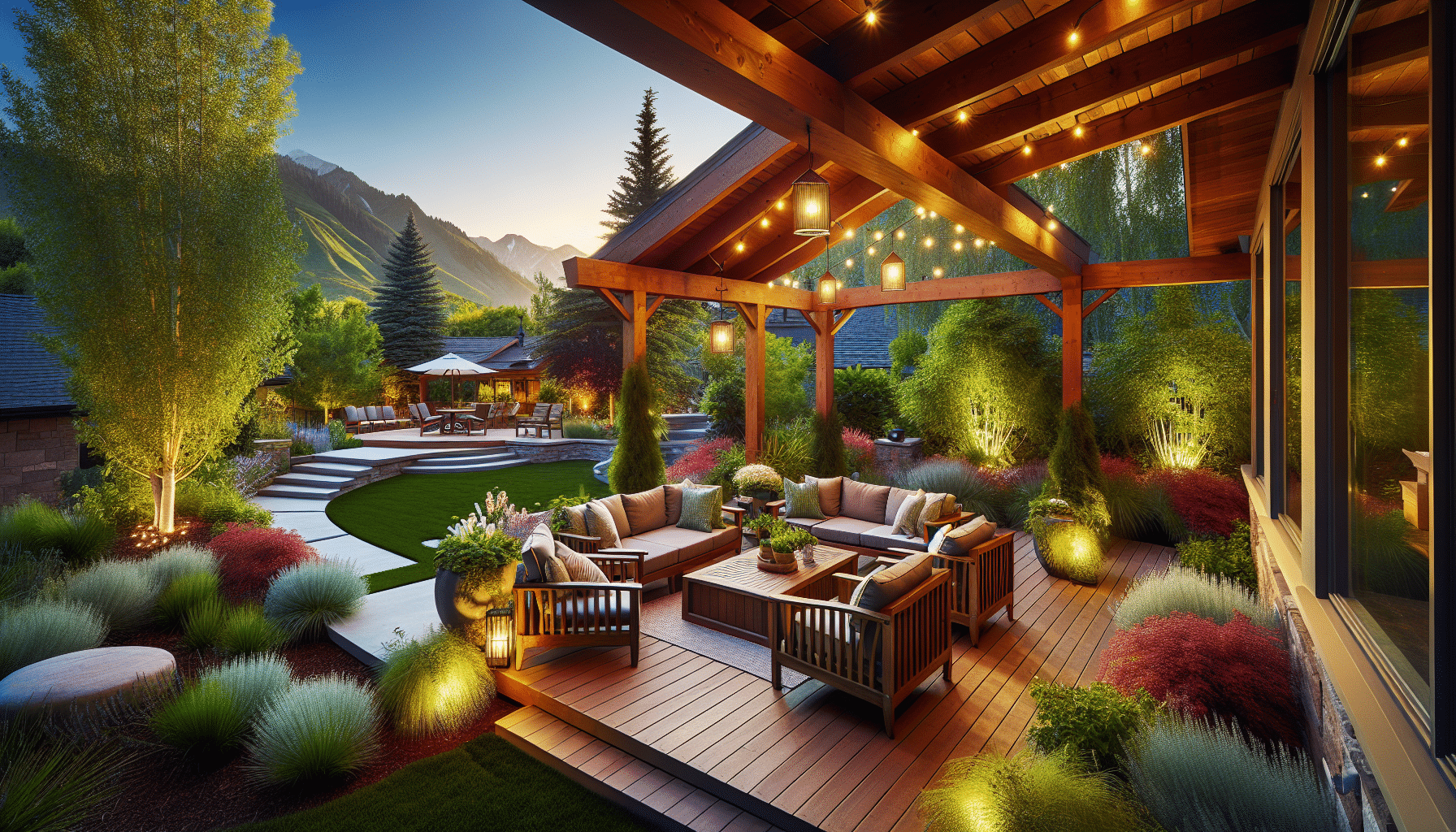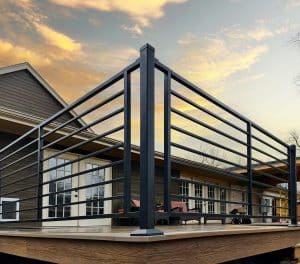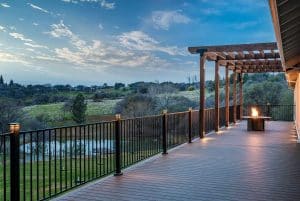Picture this: a late-summer evening in Salt Lake County, the smell of grilled food, fairy lights strung along a Railing, kids running barefoot from the house to the yard. Your backyard feels bigger, cozier — and yes, worth every penny and hour you put into it. You don’t need a pro crew or a truckload of mystery tools to get there. With a little planning, the right Materials, and some elbow grease, you can build a deck that fits your life (and your budget) — whether you’re a weekend DIYer or a contractor brushing up on local tips. Let’s make that plan real.
Why build a deck? (Short answer: because life happens outside)
Why put time and money into a deck? Because patios are okay, but decks invite people to linger. A deck gives you usable space without tearing up the lawn. It creates levels — literally and socially — where dinner, homework, or quiet coffee can happen. And yes, there’s the resale angle; buyers in Davis and Utah Counties notice outdoor living areas the way we notice a good cup of coffee in the morning. You get an extension of your home that’s practical and personal.
Here’s the thing: building a deck can be straightforward, or it can become a complicated headache. That’s the mild contradiction I promised — decks are simple structures, but local weather, soil, and codes make each project slightly unique. That’s why a little homework up front saves a lot of rework later.
Materials that actually work here — what to pick and why
Salt Lake Valley weather is sunny, but winters hit hard: freeze-thaw cycles, snow load, UV. Pick materials that shrug that off. Pressure-treated pine still leads for framing — it’s strong and cost-effective. Cedar looks great and resists rot naturally, but it needs more love (seal it). Composite boards (Trex, Timbertech) are very popular for low maintenance — no staining every other year — though they can cost more up front. Aluminum decking and rail systems are another low-maintenance option for modern looks.
Fasteners matter as much as boards. Use stainless Steel or high-quality coated Deck Screws and connectors (Simpson Strong-Tie is a name pros reach for). And yes, some composites need hidden fasteners while others use screws — check the manufacturer’s recommendations. You know what? The wrong screw can make a job look sloppy and fail faster than you’d expect.
Plans that don’t overpromise — what a DIYer can do, and what to hire for
Most homeowners can handle layout, framing, decking, and railing if they follow a plan. A basic sequence: mark your footprint, set Footings, install posts and ledger, run joists, lay decking, add railing. Tools you’ll use all the time: circular saw, miter saw, impact driver, level, post-hole digger (or a rented auger if the ground’s rocky), and a Kreg pocket-hole jig for clean connections when you want them.
But there are moments to pause and call a pro: any time ledger attachment touches your house structure (flashing and proper fasteners are essential for avoiding leaks), or if your site has tricky drainage or unstable soil. Also, concrete footings in rocky spots sometimes need heavier equipment — and a contractor’s experience. Contractors: double-check local permits and load requirements; homeowners: call your county building department — permits are your friend here.
How to budget without cutting the important corners
Budgeting is a balancing act — and yes, you can save money and still have a sturdy, long-lasting deck. Think in layers: structure (posts, beams, joists), surface (boards), and finishes (railings, lighting). Spend where it counts: a solid substructure and proper fasteners pay dividends. Save where you can: use pressure-treated Lumber for substructure and invest in a composite or higher-grade decking board only where it’s most visible.
Buy smart — purchase off-season when supply yards are quieter, or pick up sales on decking bundles. Reuse materials where safe (old joists can sometimes become stair stringers). And remember: bids aren’t just prices; they’re promises. Compare two or three quotes if you hire out, and look at warranty terms on materials — a 25-year limited warranty on decking can be a game-changer for resale and peace of mind.
Seasonal care and small habits that keep your deck looking great
Utah weather asks for a little routine maintenance. In spring, sweep and wash to remove winter grit; a deck cleaner and gentle scrub will do wonders. If you’ve got cedar, reseal every few years to keep it from silvering. Composites still need cleaning — a pressure washer on a low setting or a soft-bristle brush and soap works fine. And snow? Use a plastic shovel, not metal; that avoids gouges in boards and hidden fasteners.
One contradiction to note: composites resist staining, but they’re not immune to oil or mildew if left unchecked. So yes, low maintenance doesn’t mean no maintenance. Keep an eye on Hardware and connectors — tighten loose screws and replace rusty brackets. A little attention now keeps replacement costs away later.
So where do you start — and who to call when you want help
If you’re ready to get going, start with a simple sketch of your yard and a wish list: how many seats, a grill zone, built-in planters, steps to the lawn? Measure twice, buy once — and lean on suppliers who know Utah weather and local building practices. At Utah Deck Supply we stock materials that work on the Wasatch Front, and we’re happy to help with product choices, fasteners, and simple layout advice.
Ready to talk specifics? Call us at 385-993-5492 or Request a Free Quote. Whether you’re picking boards for a family barbecue or bidding a job as a contractor, we’ll help you pick the right materials so your deck isn’t just built — it’s built to last.




